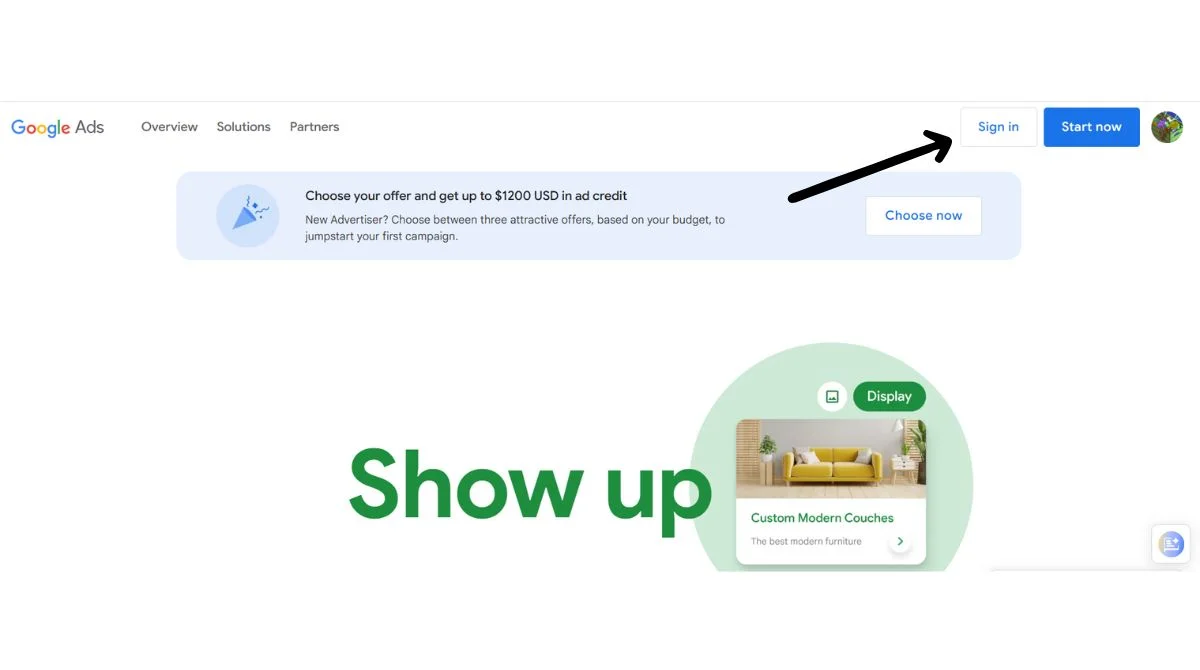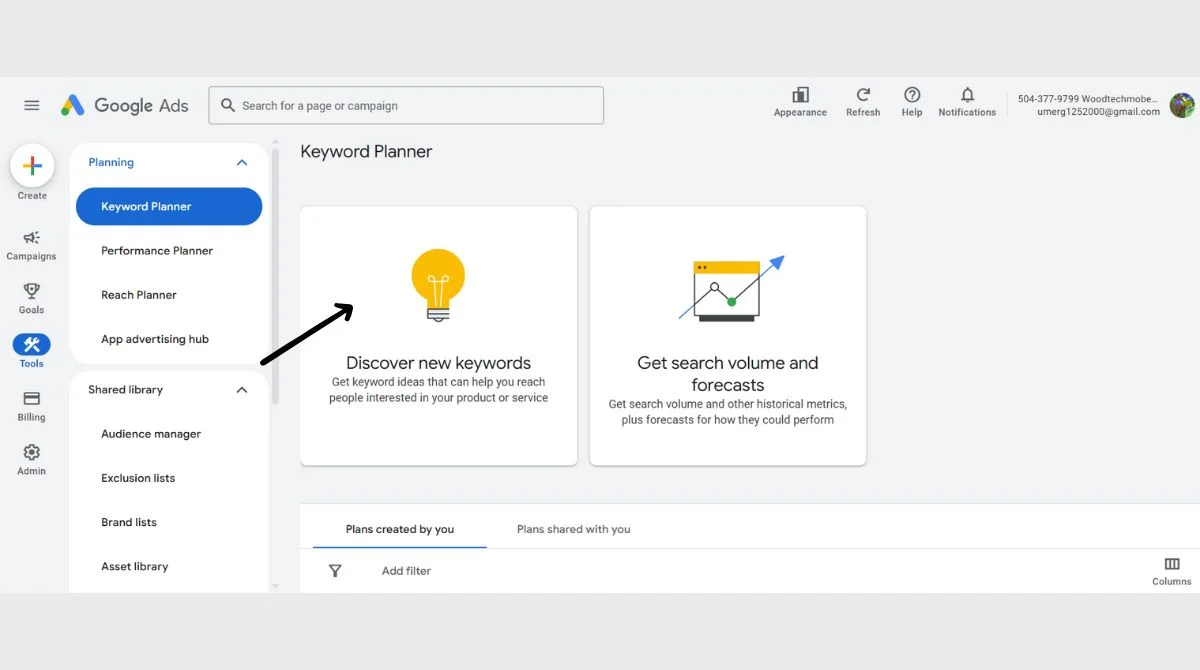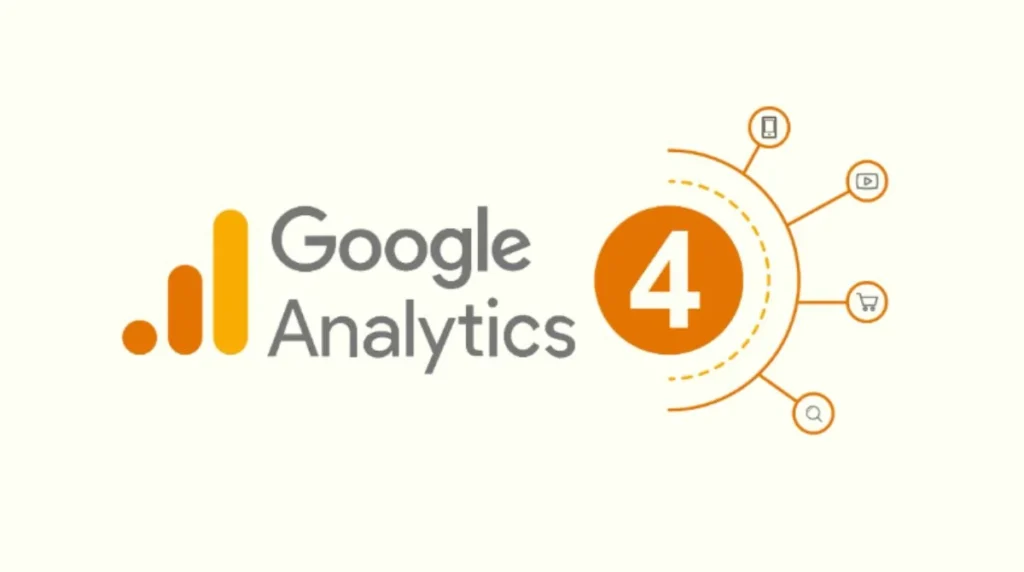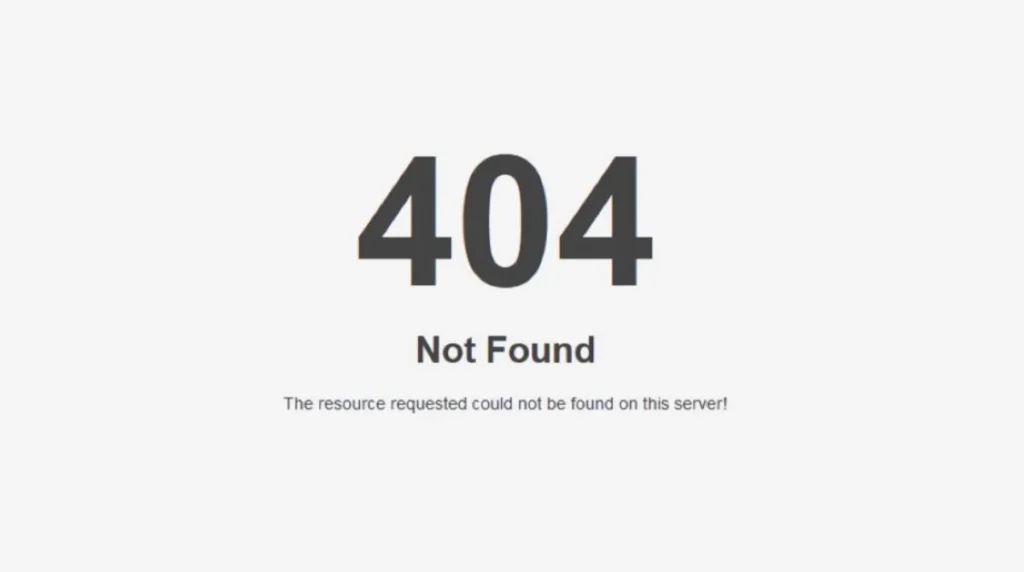What Is the Google Keyword Planner Tool?
Google Keyword Planner Tool is a free resource within Google Ads that helps you find and analyze keywords for search campaigns. It shows data like average monthly searches, competition level, and bid estimates. While built for advertisers, it’s become a staple in SEO because it offers the most accurate search data directly from Google.
Why It Still Matters in 2025?
Even with the rise of AI-powered SEO tools, Google Keyword Planner remains vital:
- Access to raw Google data: It draws directly from Google’s internal search database, so the search volume and trend data is as accurate as it gets.
- Completely free: All you need is a Google Ads account, and no active campaign or spending is required.
- Robust local and seasonal insights: You can set location and time filters to discover city-level or seasonal keyword trends, helping you tailor content more precisely.
- Actionable keyword intelligence: It offers bid range and competition data that can help you infer organic ranking difficulty and ad viability.
Despite a trend toward AI-enhanced tools, this planner still forms the foundation of many keyword research efforts, especially when integrated into modern SEO workflows involving topic clusters and search intent optimization.
How to Use Google Keyword Planner Tool for SEO in 2025?
1. Access the Tool
- Sign in to Google Ads (create a free account if needed) and locate Keyword Planner under Tools > Planning.
- You can skip setting up an ad, bypass campaign creation, and head straight to the planner.


2. Discover New Keywords
- Enter seed terms (e.g., “Google Keyword Planner Tool,” “SEO tools”) or your own website URL.
- The tool will suggest related queries along with data on search volume, competition, and bid estimates.

3. Get Search Volume & Forecasts
- If you’ve got a list of keywords, enter them into the ‘Get search volume and forecasts’ section.
- This view shows average monthly searches, competition, and estimated clicks/impressions for your targeted terms.
4. Filter and Analyze Keyword Ideas
• Sort results by:
- Search volume: Look at absolute numbers and trends.
- Competition: Indicates PPC competition, but often correlates with organic ranking difficulty.
- Top-of-page bid estimate: High bids often mean high commercial intent or competition.
• Use filters to narrow down by location, date range, or search terms.
• Spot low-volume, low-competition keywords that can glow up into long-tail SEO opportunities.
5. Refine by Intent and Relevance
• Identify user intent:
- Informational (how-to, what-is).
- Navigational (brand or service names).
- Transactional (buy, hire, tool).
• Choose keywords that match your content goals and site authority. If your site is new, aim for less competitive, high-intent queries.
6. Build Content Around Keyword Clusters
• Group close-meaning keywords into themes or pillars.
• Use intent-based clustering for structuring content hierarchies:
- Main guide targeting broad keywords.
- Supporting posts targeting long-tail variants or questions.
Expert Tips for 2025
1. Combine with AI and third-party tools
Use Exploding Topics, Semrush, or Ubersuggest for trend forecasting, search difficulty, and content ideas.
2. Track seasonality
The planner’s “year-over-year change” column reveals trending and seasonal opportunities.
3. Localize your strategy
Drill into city or regional data to craft locally optimized content and landing pages.
4. Assess competition better
Since competition is based on ads, use bid estimates as a proxy for ranking difficulty; high bids = high intent and possibly high organic difficulty.
5. Regular updates
Revisit keyword data every few months for changing search trends or rising terms.
2025 Algorithm Alignment
To satisfy Google’s current algorithm, your content strategy should:
- Address search intent precisely.
- Answer related user questions.
- Offer structured and helpful content, not keyword-stuffed pages.
- Use fresh keyword data, and update posts accordingly.
- Target local variations or niche segments if relevant.
The Google Keyword Planner Tool enables all of this by giving you keyword relevance, volume, competition, and trend indicators, directly from Google.
Comparing the Google Keyword Planner Tool with Alternatives
Free vs. Paid Tools
While premium tools like SEMrush, Ahrefs, and Moz offer more comprehensive features, the Google Keyword Planner Tool provides essential functionality without cost. For many users, especially those starting out, it offers sufficient data for effective keyword research.
Accuracy and Reliability
Because the data comes directly from Google, it tends to be more accurate than third-party estimates. However, premium tools often provide additional metrics like keyword difficulty scores and SERP analysis that the Google Keyword Planner Tool doesn’t offer.
User Experience
The interface is straightforward and doesn’t overwhelm users with complex features. This simplicity makes it accessible to beginners while still providing valuable data for experienced marketers.

Common Mistakes to Avoid
Focusing Only on High-Volume Keywords
High search volume doesn’t always guarantee better results. It’s important to factor in competition, user intent, and how well the keywords align with your business objectives.
Ignoring Long-Tail Opportunities
While broad keywords get attention, long-tail keywords often provide better conversion rates and face less competition. Don’t overlook these valuable opportunities.
Not Considering Seasonal Variations
Many keywords have seasonal patterns that can significantly impact your strategy. Always review historical data and trends before making long-term content plans.
Relying Solely on One Tool
While the Google Keyword Planner Tool is excellent, combining it with other research methods and tools provides a more comprehensive keyword strategy.
The Future of the Google Keyword Planner Tool
As search behavior continues to evolve with voice search, mobile usage, and AI integration, the Google Keyword Planner Tool adapts to provide relevant insights. The tool’s continued development ensures it remains valuable for understanding how people search for information, products, and services.
Google’s investment in machine learning and artificial intelligence will likely bring more sophisticated features to the platform. Users can expect better predictive capabilities, more accurate forecasting, and enhanced user experience improvements in future updates.
Need Help with SEO or Keyword Research?
If you’re planning to grow your traffic, rank higher on Google, or create content that connects with your audience, the right keyword research is the first step. While the Google Keyword Planner Tool is a powerful starting point, turning data into results takes experience, strategy, and consistency.
If you need professional SEO services or in-depth keyword research tailored to your business, contact rhinoclicks.com. Let’s make your website work smarter and reach the right audience faster.





